Did a massive comet explode over Canada 12,900 years ago, wiping out both beast and man in North America and propelling the earth back into an ice age? That's a question that has been hotly debated by scientists since 2007, with the University of South Carolina's Topper archaeological site right in the middle of the comet impact controversy. However, a new study published today in the
Proceedings of the National Academy of Sciences (PNAS) provides further evidence that it may not be such a far-fetched notion.
Albert Goodyear, an archaeologist in USC's College of Arts and Sciences, is a co-author on the study that upholds a 2007
PNAS study by Richard Firestone, a staff scientist at the Department of Energy's Lawrence Berkeley National Laboratory. Firestone found concentrations of spherules (micro-sized balls) of metals and nano-sized diamonds in a layer of sediment dating 12,900 years ago at 10 of 12 archaeological sites that his team examined. The mix of particles is thought to be the result of an extraterrestrial object, such as a comet or meteorite, exploding in the earth's atmosphere.
Among the sites examined was USC's Topper, one of the most pristine U.S. sites for research on Clovis, one of the earliest ancient peoples. "This independent study is yet another example of how the Topper site with its various interdisciplinary studies has connected ancient human archaeology with significant studies of the Pleistocene," said Goodyear, who began excavating Clovis artifacts in 1984 at the Topper site in Allendale, S.C. "It's both exciting and gratifying."
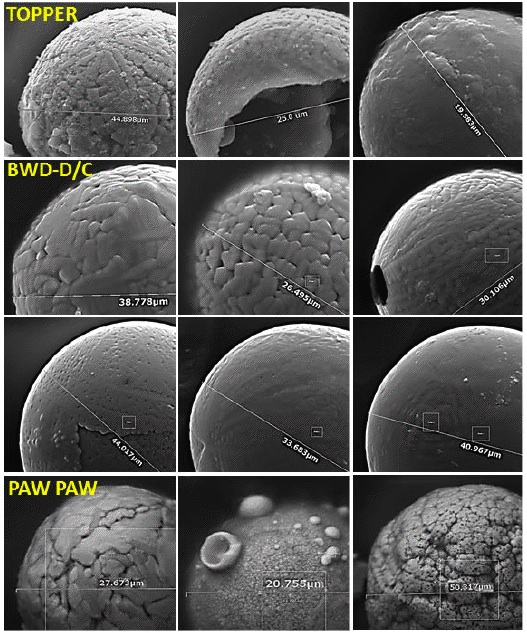

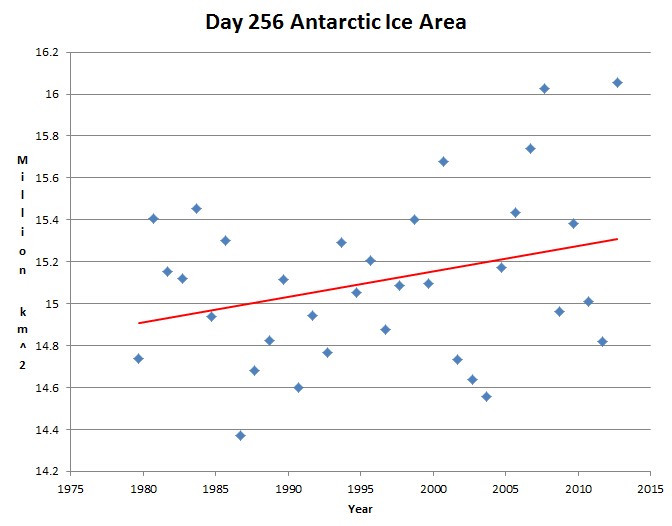
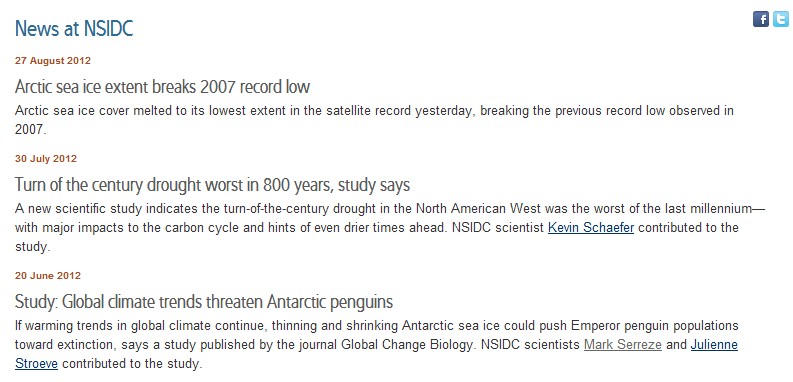

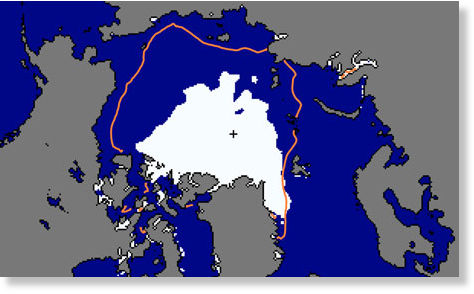
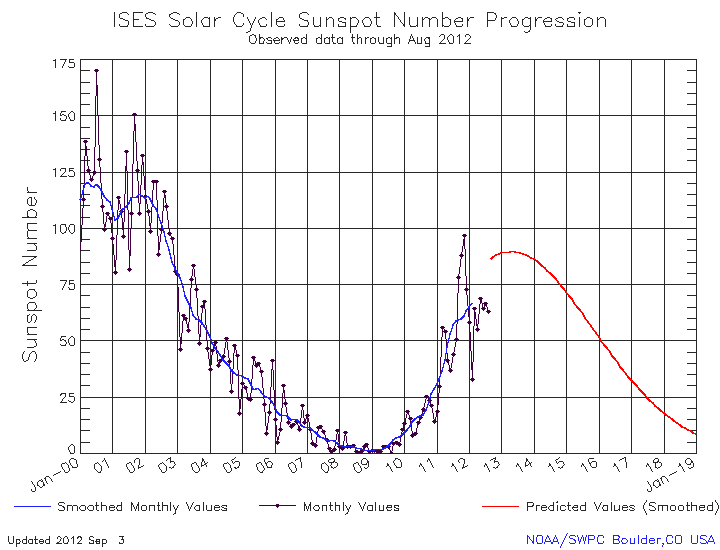
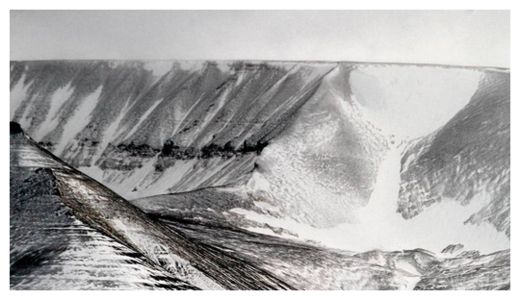
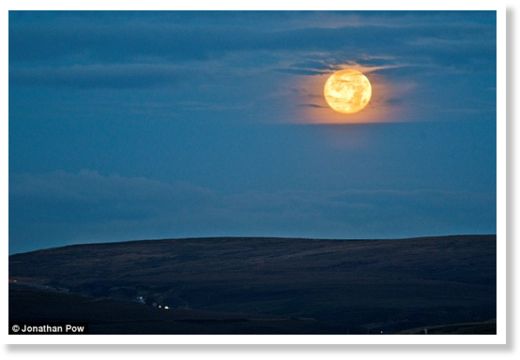




Comment:
The Younger Dryas Impact Event and the Cycles of Cosmic Catastrophes - Climate Scientists Awakening
Fire and Ice: The Day After Tomorrow
Meteorites, Asteroids, and Comets: Damages, Disasters, Injuries, Deaths, and Very Close Calls
Forget About Global Warming: We're One Step From Extinction!